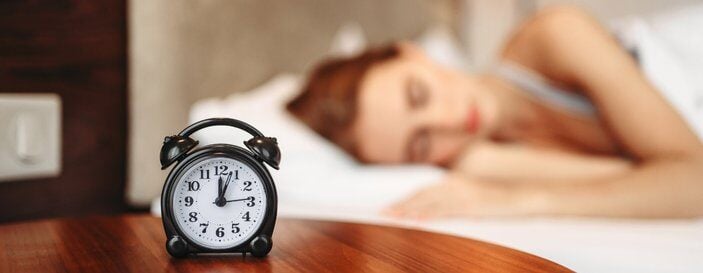Allergic rhinitis, also known as nasal allergy or hay fever, is a prevalent condition affecting both adults and children. With up to 30% of Hong Kong's population affected, the city has one of the highest rates globally.
.jpg?width=703&name=website_image%20(6).jpg)
Symptoms of Allergic Rhinitis / Hay Fever
Allergic rhinitis occurs when the nasal mucosa, the lining of the nose, becomes hypersensitive due to an allergic reaction to environmental allergens. Other tissues that may be affected include the skin and the lining of the lungs. Common allergens include proteins or glycoproteins from domestic dust mites, moulds, pollens, and animal dander found in homes, offices, and outdoors.
Symptoms of hay fever include nasal obstruction, sneezing, nasal irritation, excessive nasal mucus discharge, reduced sensitivity to odours, and itchy, watery eyes. On examination, changes in the appearance of the nasal lining and internal structures may be observed, and polyps may also be present, causing nasal blockage and reduced sense of smell. Medication or surgical treatment can alleviate these symptoms.

Impact on Sleep Quality and Productivity
Allergic rhinitis can significantly affect work, school performance, sleep quality, and leisure activities. In the U.S., the economic impact and productivity loss are estimated to be between $2.4 and $4.6 billion annually. A family history of allergic rhinitis, eczema, and asthma can increase the likelihood of children developing the condition, especially if both parents are affected.
Allergic rhinitis can be seasonal for patients sensitive to pollens, trees, and grass. Those allergic to animals, molds, and dust mites may experience symptoms year-round.

Diagnostic Tests for Allergens
Medical tests can identify the root cause of allergic rhinitis. A skin prick test or measurement of Immunoglobulin E (IgE) levels can investigate the condition. IgE is a class of antibodies present in the skin and mucous membranes that react when combined with allergens. Common allergens such as domestic dust mites, molds, pollens, and animal dander are used for testing. During a skin prick test, the allergen is placed on the inner forearm, and a reaction will occur within 20 minutes if the patient is allergic.

Treatment for Rhinitis, Medication, and Sinus Relief
Saline nasal irrigation can effectively remove antigens and mucus in the nasal cavities, reducing symptoms of allergic rhinitis and sinusitis. Avoiding triggering allergens, such as pollen, is helpful but not always feasible. Several treatment options can manage symptoms:
- Medication: Antihistamines block histamine receptors with minimal or no drowsiness and can be taken once daily as a tablet.
- Topical Steroid Nasal Sprays and Drops: These are considered the cornerstone of rhinitis treatment. They are safe and effective, remaining in the nose and not entering the bloodstream.
- Desensitisation may be recommended for patients sensitive to one or two allergens and who are not responsive to the medical treatments mentioned above. This method involves taking a small amount of the allergen in purified form under the tongue to produce antibodies gradually.
- When nasal obstruction is unresponsive to medical treatment, endoscopic turbinate surgery may be recommended to reduce the volume of the inferior turbinates (bony structures within the nose) and straighten the nasal septum. This surgery has a high success rate in relieving nasal blockage due to enlarged turbinates.